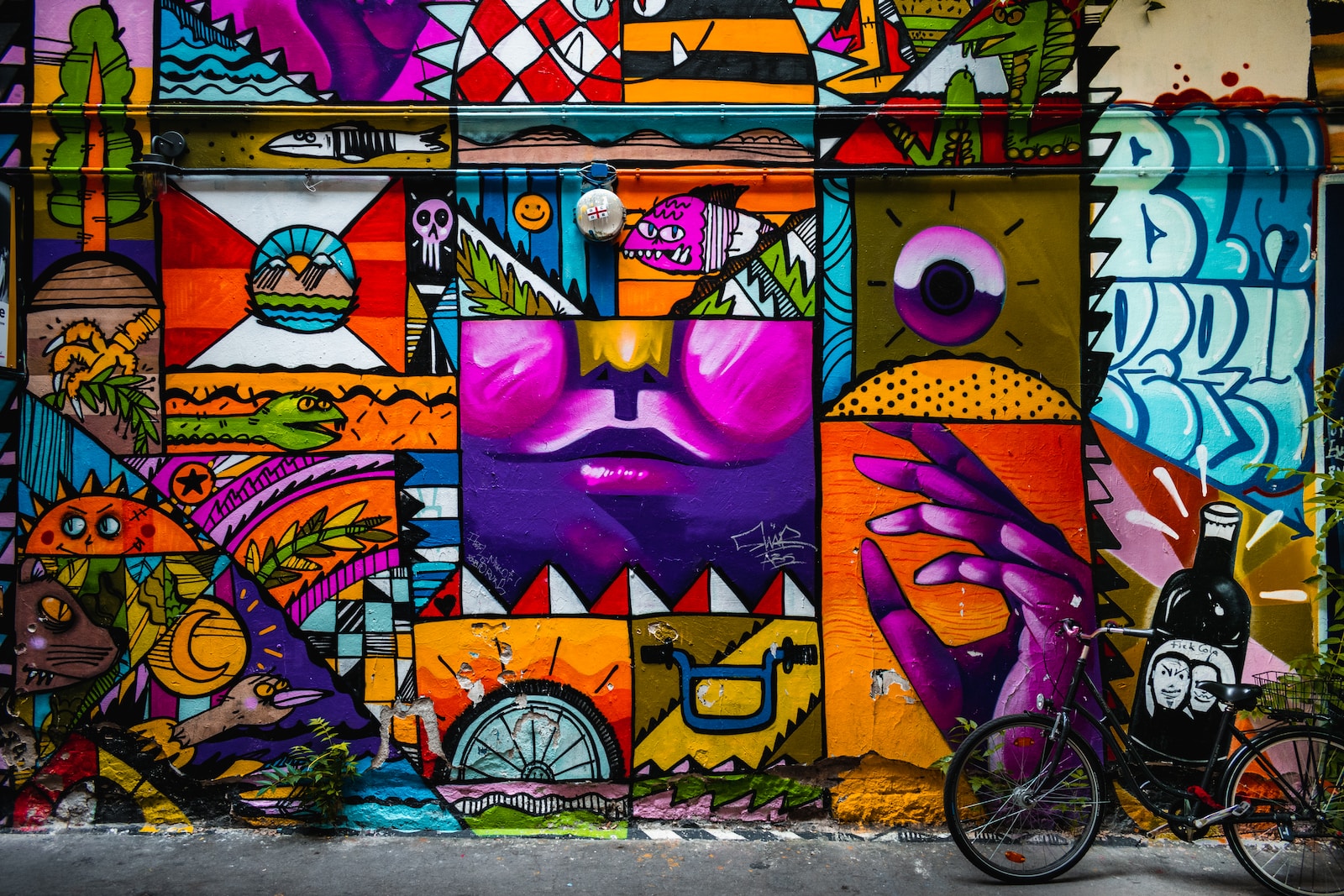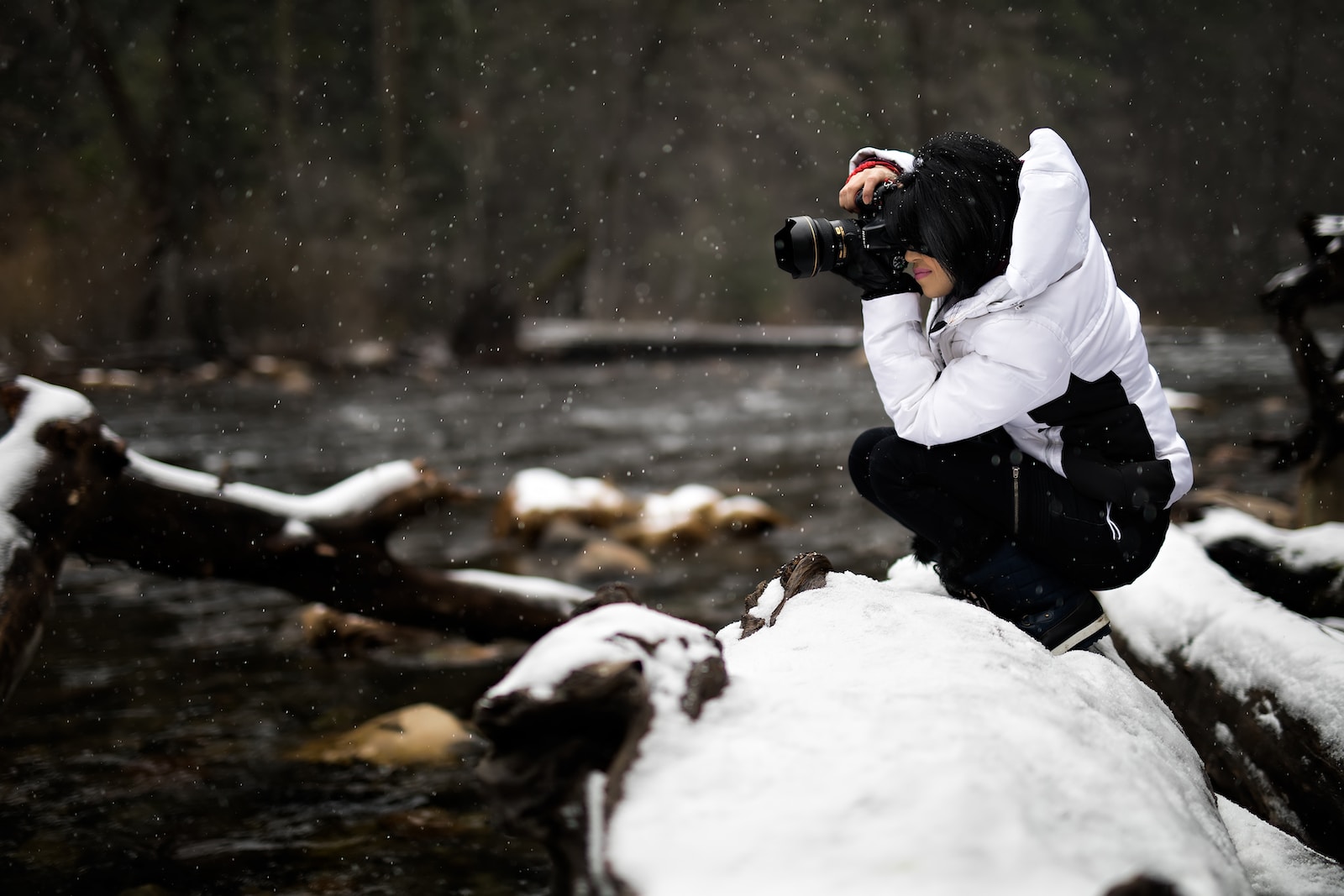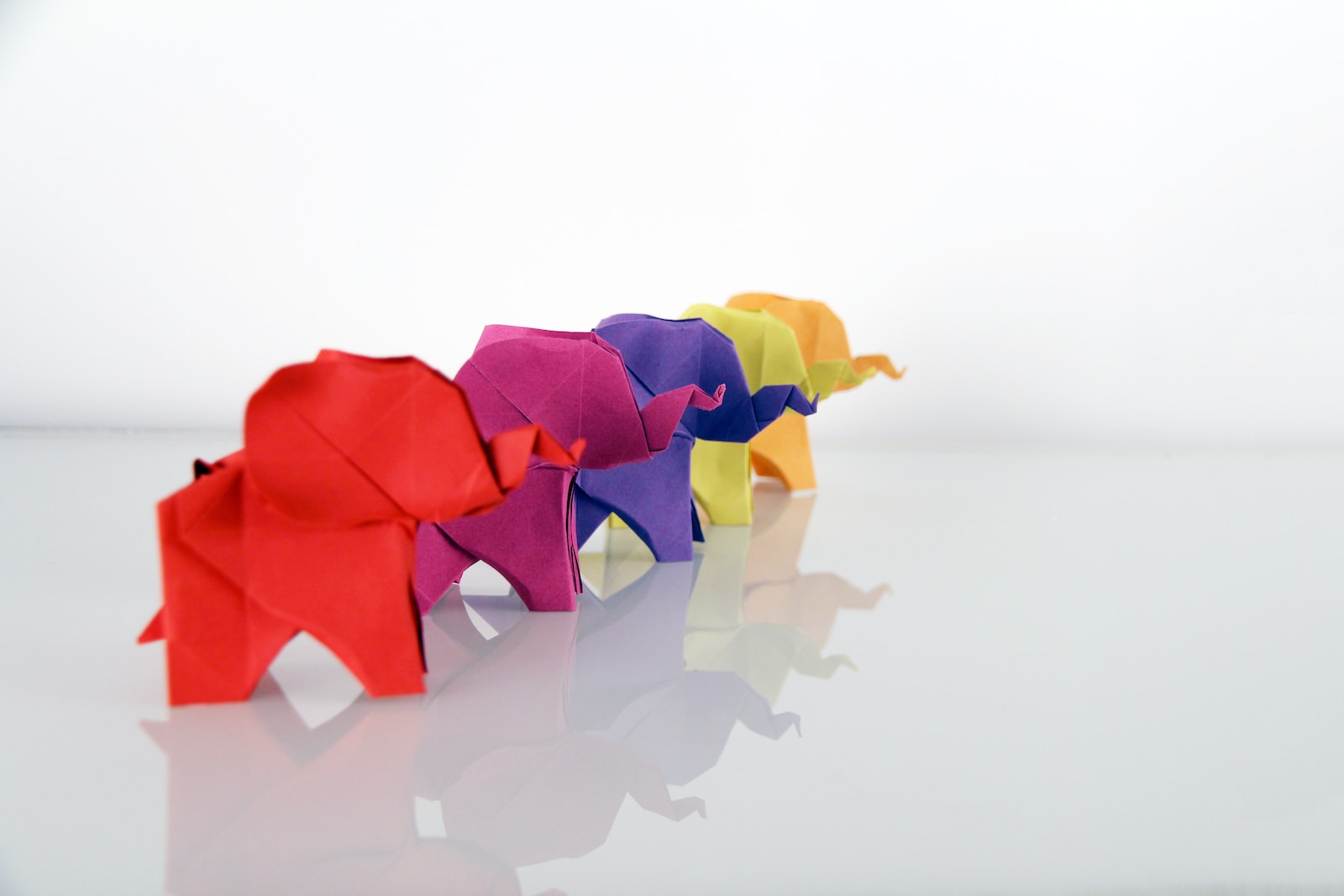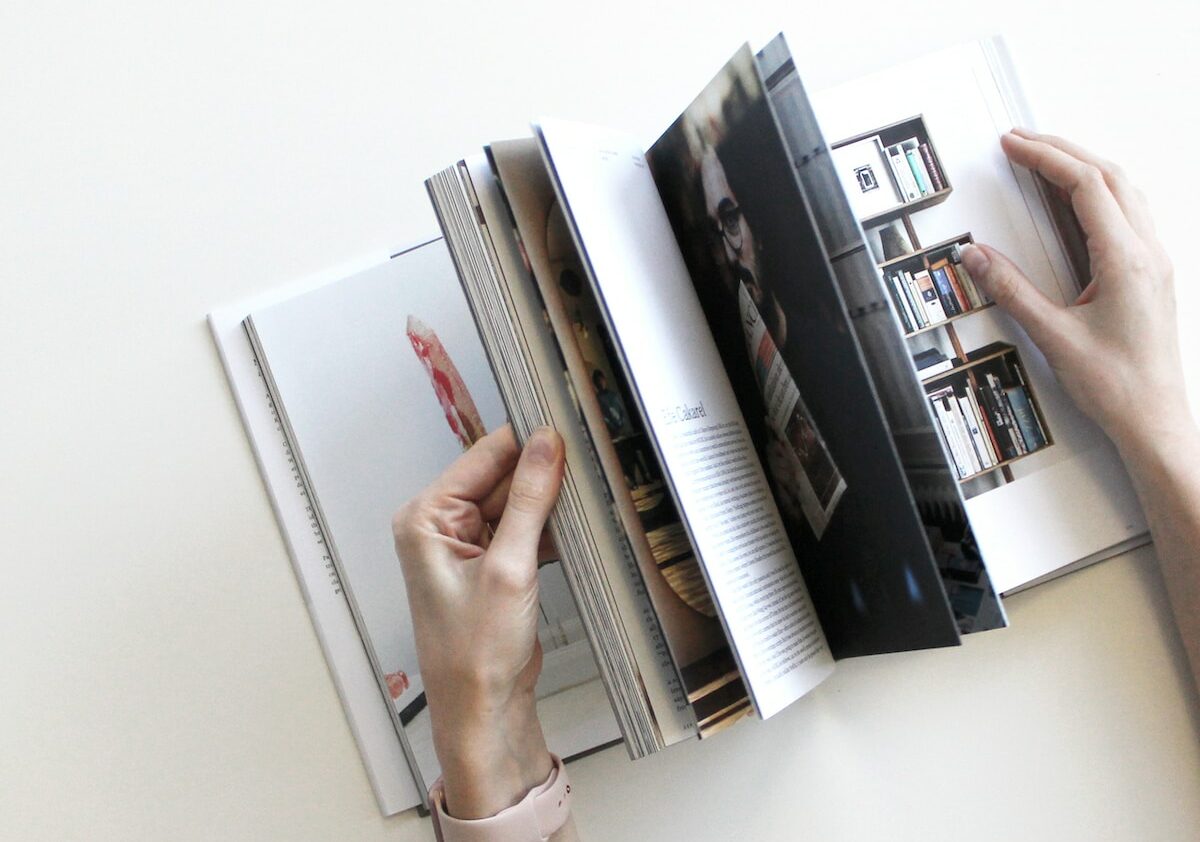Welcome to Urban Masterpieces: A guide to Graffiti Art Photography. Are you captivated by the vibrant colors and expressions found in street art? Do you want to learn how to capture these urban masterpieces through your camera lens? In this blog, we will explore the techniques and strategies to highlight the beauty of graffiti art in photography. Discover how to effectively compose and frame your shots, experiment with different camera settings, and make use of various lighting techniques to create stunning images. Join us on this creative journey!
Table of Contents
- Discover the Captivating World of Graffiti Art Photography
- Mastering Graffiti Art Photography: The Perfect Camera
- Choosing the Best Time for Graffiti Photography
- Frequently Asked Questions
- 1. What is graffiti art photography?
- 2. How do I get started with graffiti art photography?
- 3. What camera equipment is best for graffiti art photography?
- 4. Are there any specific camera settings I should use for graffiti art photography?
- 5. How can I make graffiti art stand out in my photographs?
- 6. Are there any post-processing techniques that can enhance my graffiti art photographs?
- 7. How can I respectfully approach photographing graffiti art?
- 8. Where can I find inspiration for my graffiti art photography?
- Wrap Up
Discover the Captivating World of Graffiti Art Photography
Graffiti is an art form intertwined with the urban landscape. Its vibrant colors and expressive designs have the power to transform ordinary walls into eye-catching masterpieces. As a photographer, capturing the essence of this urban art requires a keen eye and a deep understanding of the medium. In this guide, we will explore the unique features of graffiti art that make it an intriguing subject for photography, along with techniques to create striking and memorable images.
Unleash the Power of Colors
One of the most captivating aspects of graffiti art is its colorful palette. From bold, electric hues to subtle pastels, graffiti artists skillfully use color to convey emotions and create visual impact. As a photographer, your task is to bring out the vibrancy of these colors in your images.
Experiment with different lighting conditions to enhance the colors of the artwork. During golden hour, when the sun is low in the sky, the warm light can cast a beautiful glow on the graffiti, intensifying its colors. Alternatively, try shooting at nighttime, when the artificial lights illuminate the artwork, adding a dramatic flair.
Remember to pay attention to the surrounding environment as well. Graffiti often interacts with its surroundings, blending in or contrasting against the urban landscape. By carefully composing your shots, you can capture the harmonious or contrasting relationship between the artwork and its surroundings.
Capture the Expressions
Graffiti art is more than just colors and shapes; it tells stories and conveys messages. Each piece carries a unique expression, whether it’s a political statement, social commentary, or personal reflection. As a photographer, your goal is to capture these expressions and convey them through your images.
When photographing graffiti, focus on details that reveal the artist’s intention and the emotions behind the artwork. Zoom in on intricate patterns, interesting textures, and thought-provoking messages. These details will add depth and meaning to your photographs.
Consider using a shallow depth of field to isolate specific elements of the graffiti, creating a sense of focus and emphasizing the artist’s intended message. Experiment with different angles to find the most compelling composition that captures the essence of the graffiti.
Additionally, keep an eye out for the interaction between people and the graffiti art. Photographing individuals interacting with graffiti can add a dynamic and human element to your images, making them more relatable and engaging.
By understanding the elements that make graffiti art unique and experimenting with various techniques, you can elevate your photography and capture the essence and beauty of urban masterpieces. So grab your camera, hit the streets, and embark on a creative journey into the world of graffiti art photography!
Did you know that the origin of graffiti can be traced back to ancient times? The city of Pompeii in Italy, buried by the eruption of Mount Vesuvius in 79 AD, revealed walls adorned with colorful and expressive paintings, similar to what we now consider as graffiti art.
Mastering Graffiti Art Photography: The Perfect Camera
When it comes to capturing the vibrant and dynamic world of graffiti art, having the right camera is crucial. You need a camera that allows you to capture intricate details, bold colors, and the energy of the urban landscape. Let’s explore some options:
- DSLR Camera: A Digital Single-Lens Reflex (DSLR) camera offers exceptional image quality and versatility. It allows for manual control over settings, such as aperture, shutter speed, and ISO. This control allows you to capture the perfect shot while highlighting the textures and nuances of graffiti.
- Mirrorless Camera: These compact and lightweight cameras offer comparable image quality to DSLRs. They are highly portable, making them great for shooting graffiti in different locations. Additionally, mirrorless cameras often feature advanced autofocus capabilities, helping you capture crisp and sharp images quickly.
- Compact Point-and-Shoot Camera: Don’t underestimate the power of a high-quality compact camera. They are lightweight, easy to carry, and perfect for on-the-go shooting. Many modern point-and-shoot cameras offer excellent image quality and advanced features like manual controls and RAW file formats.
Selecting the Right Lenses
Choosing the right lens allows you to emphasize the intricate details and unique perspectives found in graffiti art. Here are some options to consider:
- Wide-Angle Lens: A wide-angle lens, typically ranging from 14mm to 24mm, is ideal for capturing the larger context of graffiti murals. It helps you encompass the entire artwork and surrounding environment, providing a comprehensive view of the urban landscape.
- Prime Lens: A prime lens with a fixed focal length, such as 35mm or 50mm, offers exceptional sharpness and image quality. This lens type allows you to isolate specific elements within the graffiti composition, emphasizing the details and textures.
- Zoom Lens: A zoom lens, like a telephoto or standard zoom lens, provides flexibility in framing your shots. It enables you to get closer to the graffiti while maintaining a safe distance, which could be useful in certain situations or when photographing graffiti from a distance, such as on tall buildings.
Remember, the best camera and lens option ultimately depends on your personal preferences, shooting style, and budget. Don’t shy away from trying different combinations to achieve the desired results.
Taking high-quality graffiti art photographs requires a deep understanding of your equipment. Experimenting and finding the perfect camera body and lens combination will help you capture the true essence of urban masterpieces. So grab your gear, hit the streets, and let your photography skills bring these breathtaking artworks to life!
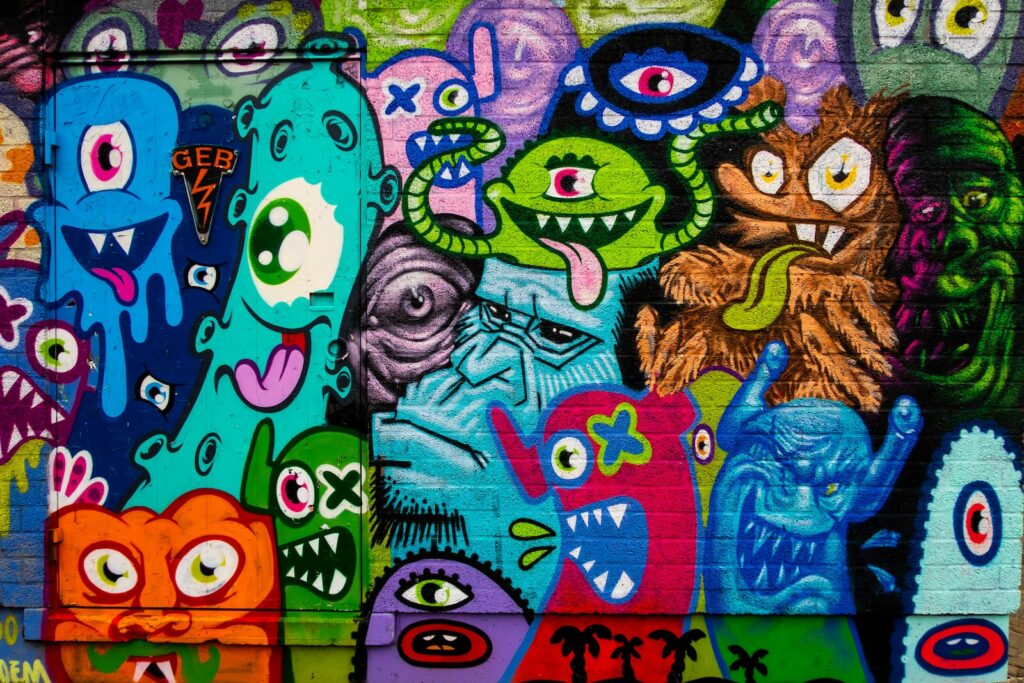
Choosing the Best Time for Graffiti Photography
Timing is crucial when it comes to capturing the true essence of graffiti art. The optimal time to photograph graffiti is during the golden hour, which occurs just after sunrise or before sunset. The soft, warm light during this time adds depth and richness to the vibrant colors and intricate details of the artwork.
Early morning sessions allow you to capture the morning dew on the walls, lending a unique texture to your photos. Conversely, the evening light casts long shadows, creating a dramatic effect that adds depth to the artwork. Experimenting with different times of the day will help you achieve various moods and emphasize different aspects of the graffiti.
Scouting the Best Vantage Points and Positions
When it comes to graffiti photography, finding the perfect vantage point can make all the difference. Here are two options to consider:
- Ground-Level Perspective: Position yourself at eye level with the graffiti to capture the details up close. This allows you to highlight the artist’s technique, use of colors, and intricate designs. This perspective creates a sense of intimacy, as if the viewer is standing right in front of the artwork.
- High-Angle Perspective: Find a vantage point that offers a bird’s-eye view of the graffiti. This can be achieved by climbing a nearby building, using a drone, or even finding a higher point on the ground. This perspective allows you to capture the artwork in its surrounding environment, showcasing its impact on the urban landscape. You can include other elements such as the bustling streets, nearby buildings, or even pedestrians to add depth and context to your shots.
Experimenting with different vantage points and positions will help you discover unique angles and perspectives that bring the graffiti to life. Remember, each artwork has its own story to tell, and finding the right position can enhance its visual impact.
Ultimately, the best time and vantage point for capturing graffiti art photography may vary depending on the specific artwork, lighting conditions, and your personal vision. Don’t be afraid to explore different options and experiment with various techniques to truly capture the essence of urban masterpieces through your lens.
One helpful tip for graffiti art photography is to experiment with different angles and perspectives. Get down low or climb up high to capture unique vantage points. This will bring an interesting and dynamic element to your photos, enhancing the overall composition and visual impact of the graffiti.
Frequently Asked Questions
1. What is graffiti art photography?
Graffiti art photography is the practice of capturing graffiti as a subject in your photographs. It involves using various techniques to highlight the vibrant colors, intricate details, and expressive expressions found in graffiti artworks.
2. How do I get started with graffiti art photography?
To get started with graffiti art photography, you’ll need a camera (preferably a DSLR or mirrorless camera) and a keen eye for capturing interesting compositions. Start by exploring your local neighborhood or urban settings known for their graffiti, and experiment with different angles, lighting conditions, and camera settings to create visually compelling photographs.
3. What camera equipment is best for graffiti art photography?
While any camera can be used for graffiti art photography, having a camera with manual settings and interchangeable lenses will give you more control over your shots. A wide-angle lens is particularly useful for capturing the entire graffiti artwork and its surrounding environment.
4. Are there any specific camera settings I should use for graffiti art photography?
Adjusting your camera settings will largely depend on the lighting conditions and the effect you want to achieve. However, it’s generally recommended to use a low ISO to reduce noise, a fast shutter speed to freeze any movement, and a medium aperture to ensure the graffiti art remains in focus while still allowing a blurred background.
5. How can I make graffiti art stand out in my photographs?
To make the graffiti art stand out in your photographs, you can employ various techniques such as using a shallow depth of field to blur the background, contrasting the colors of the graffiti with its surroundings, or selectively framing a specific section of the artwork to draw attention to its details.
6. Are there any post-processing techniques that can enhance my graffiti art photographs?
Yes, post-processing can greatly enhance your graffiti art photographs. You can use editing software like Adobe Lightroom or Photoshop to adjust the colors, contrast, and sharpness of your images, as well as to remove any distracting elements that may take away from the graffiti art itself.
7. How can I respectfully approach photographing graffiti art?
Respecting the graffiti art and the artists behind it is crucial when photographing graffiti. Always ask for permission before photographing a private property or artwork, and give credit to the artist whenever possible. It’s also important to avoid damaging or defacing the graffiti art in any way.
8. Where can I find inspiration for my graffiti art photography?
You can find inspiration for your graffiti art photography by exploring different neighborhoods and cities known for their street art scenes. Researching renowned graffiti artists and their works can also provide you with ideas and inspiration for your own compositions.
Wrap Up
Now that you have learned some essential techniques for capturing the vibrant world of graffiti art through your photography, it’s time to put your skills to the test. Grab your camera, hit the streets, and let your creativity flow!
Experiment with different angles, lighting, and framing to bring out the essence of these urban masterpieces. Use your camera as a powerful tool to capture the colors, textures, and emotions of graffiti art.
We would love to hear about your experiences and see the incredible shots you capture. Don’t forget to share your work and leave a comment below. Keep exploring, keep pushing your boundaries, and keep creating urban masterpieces of your own!
